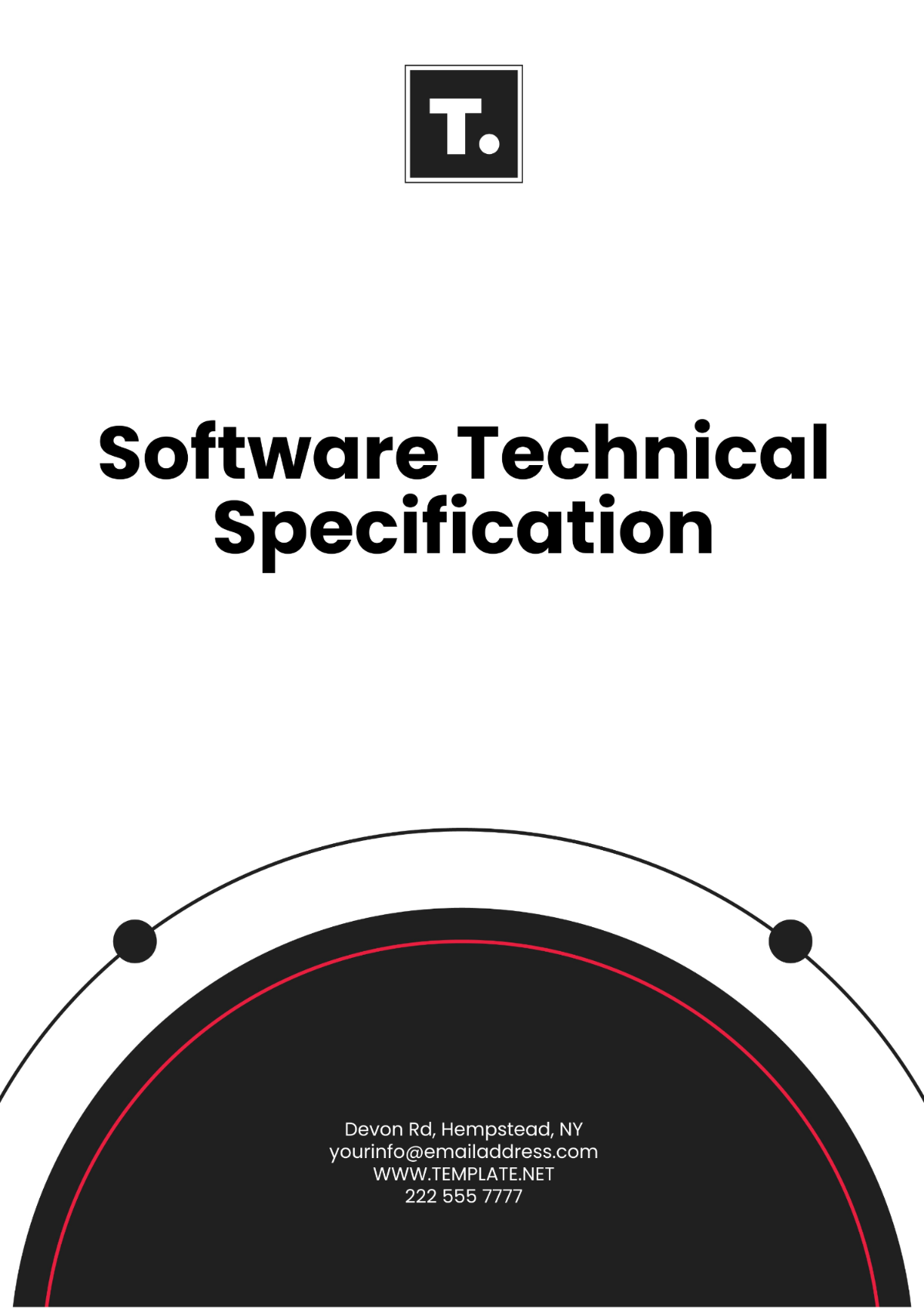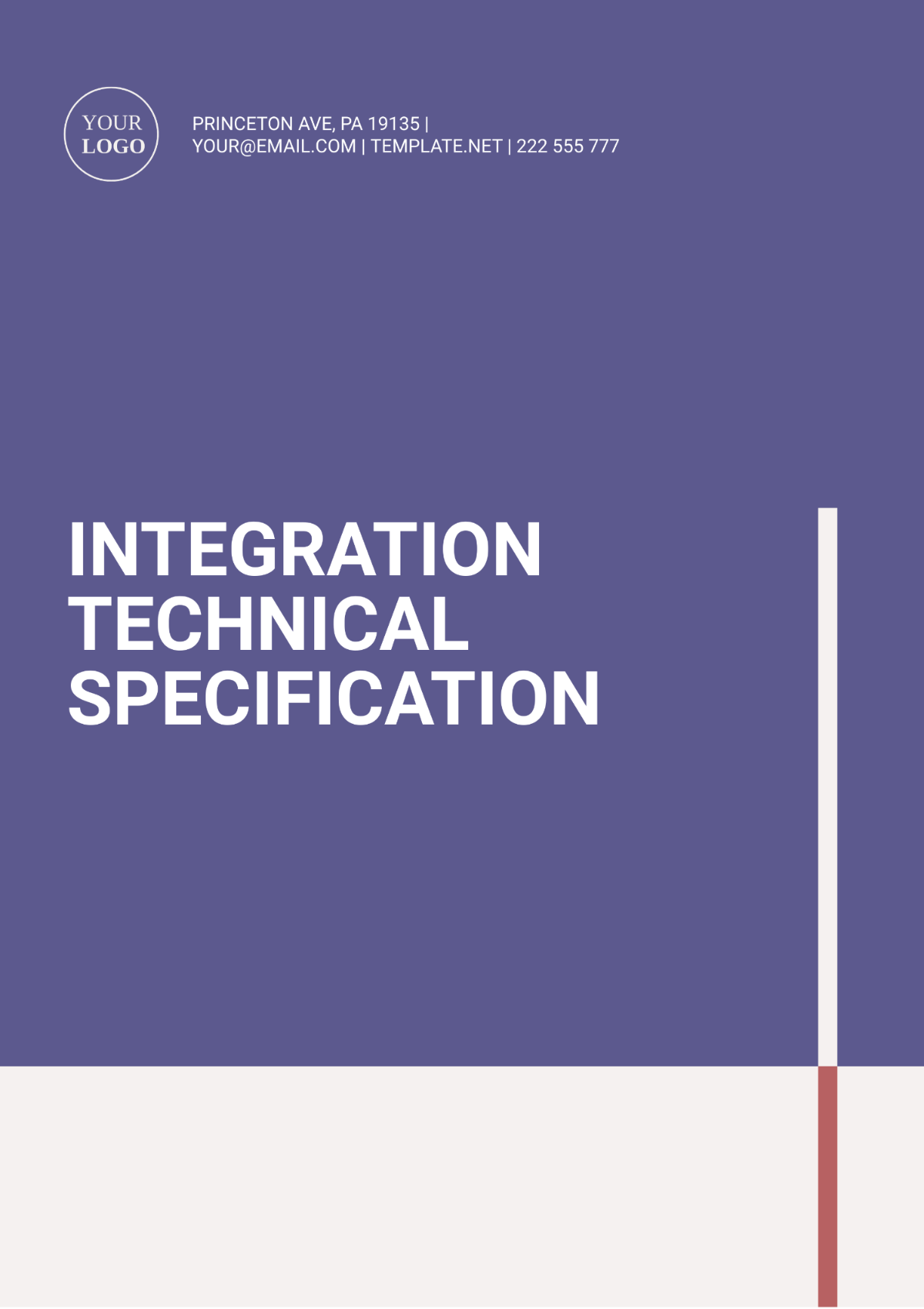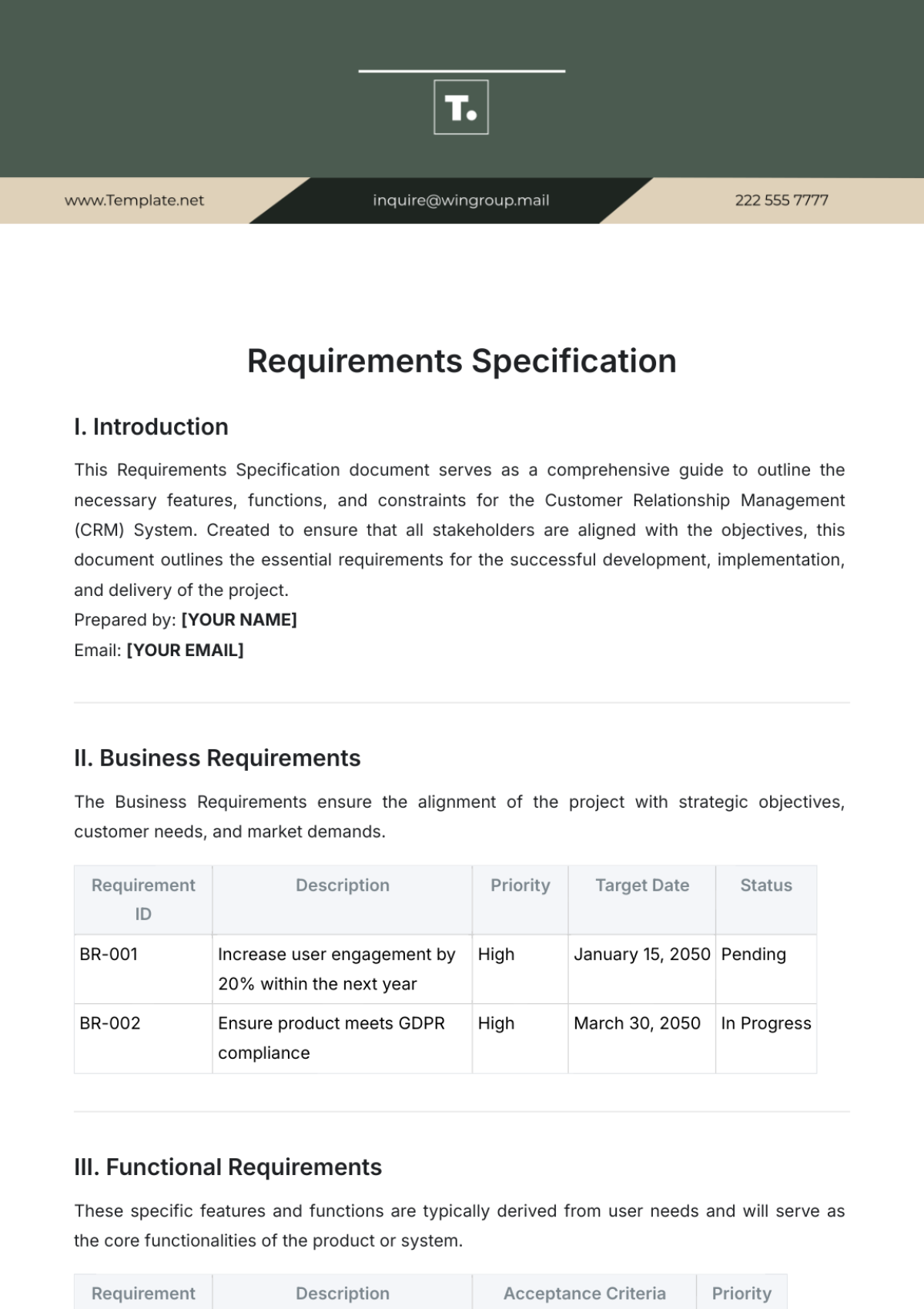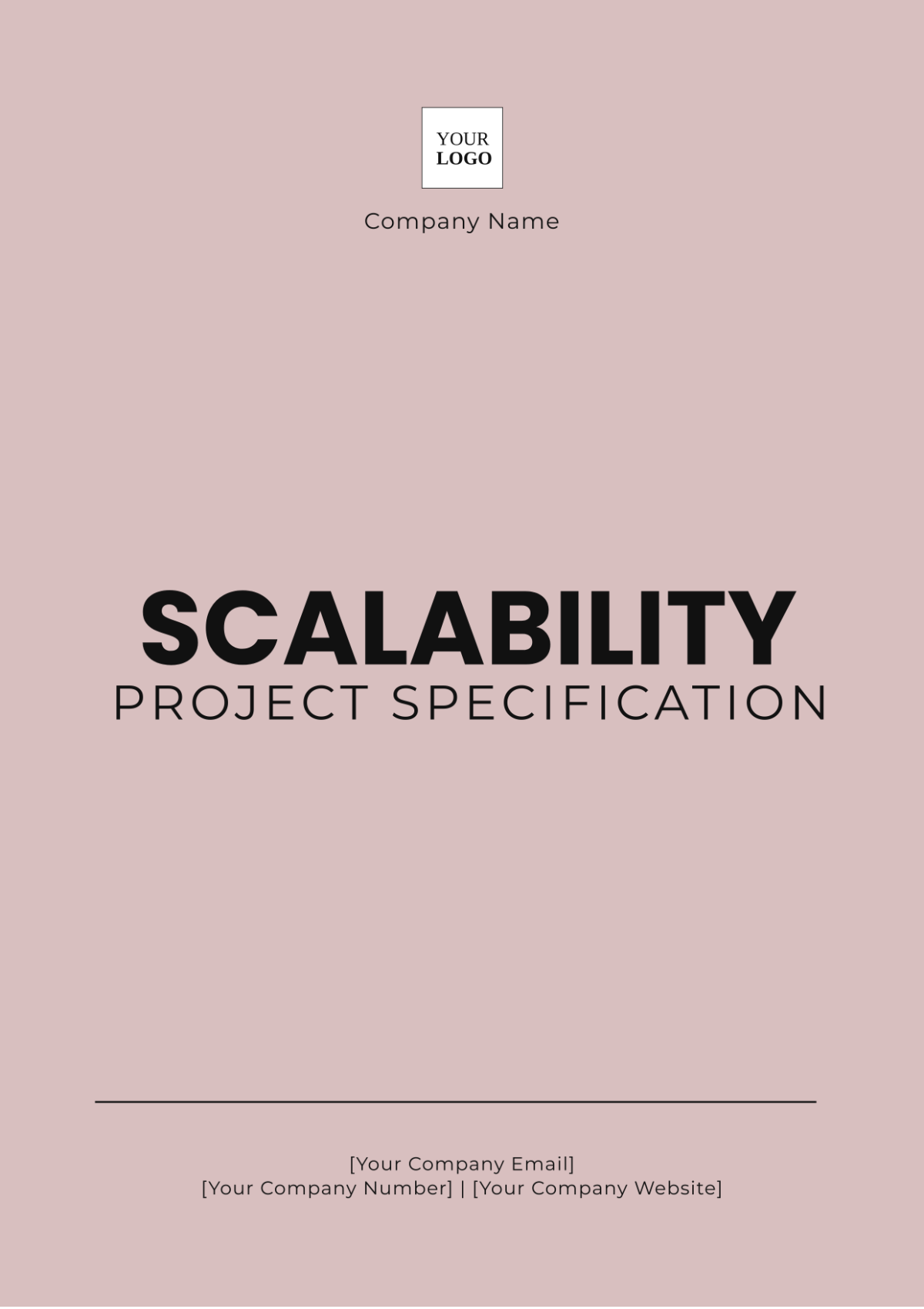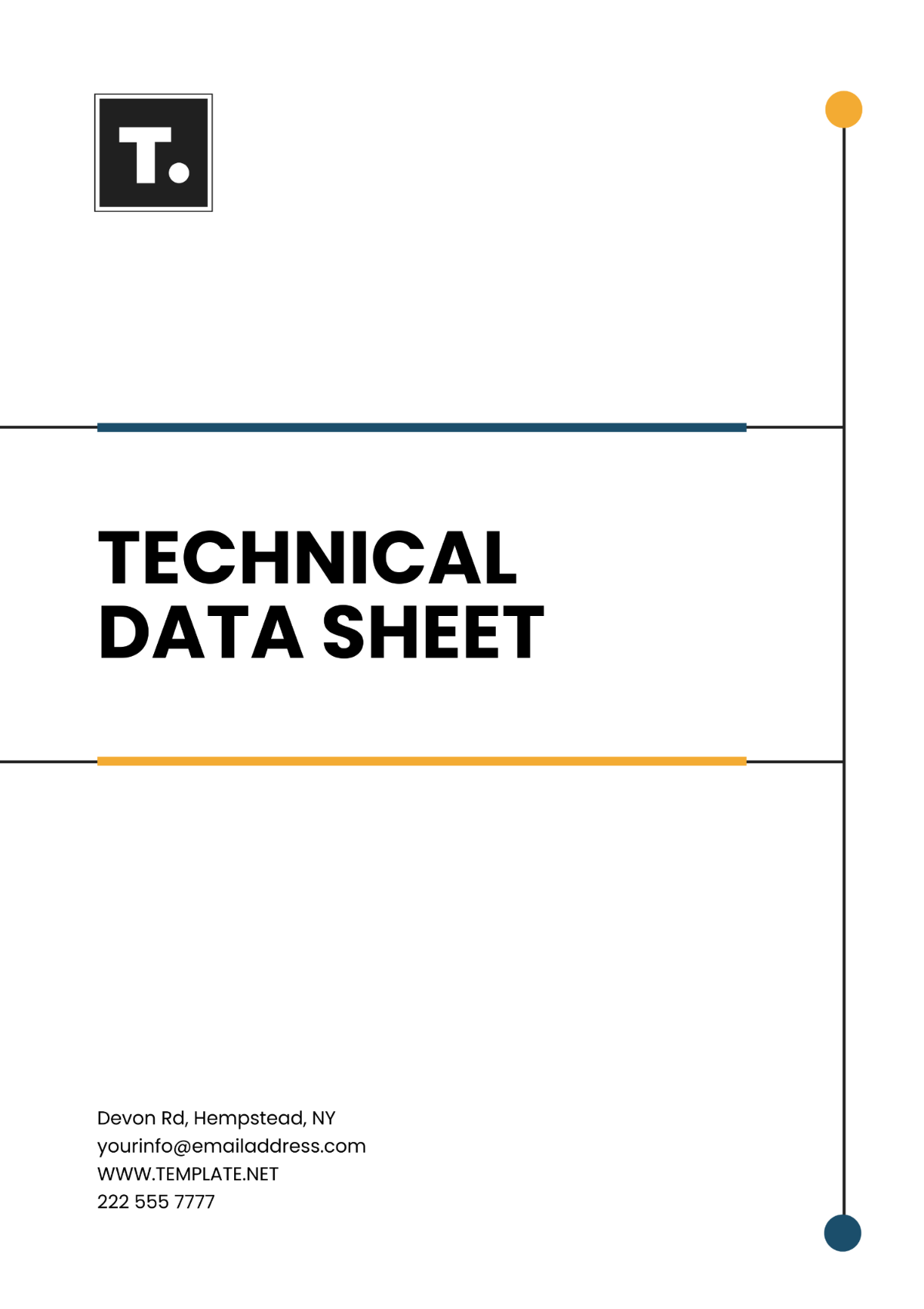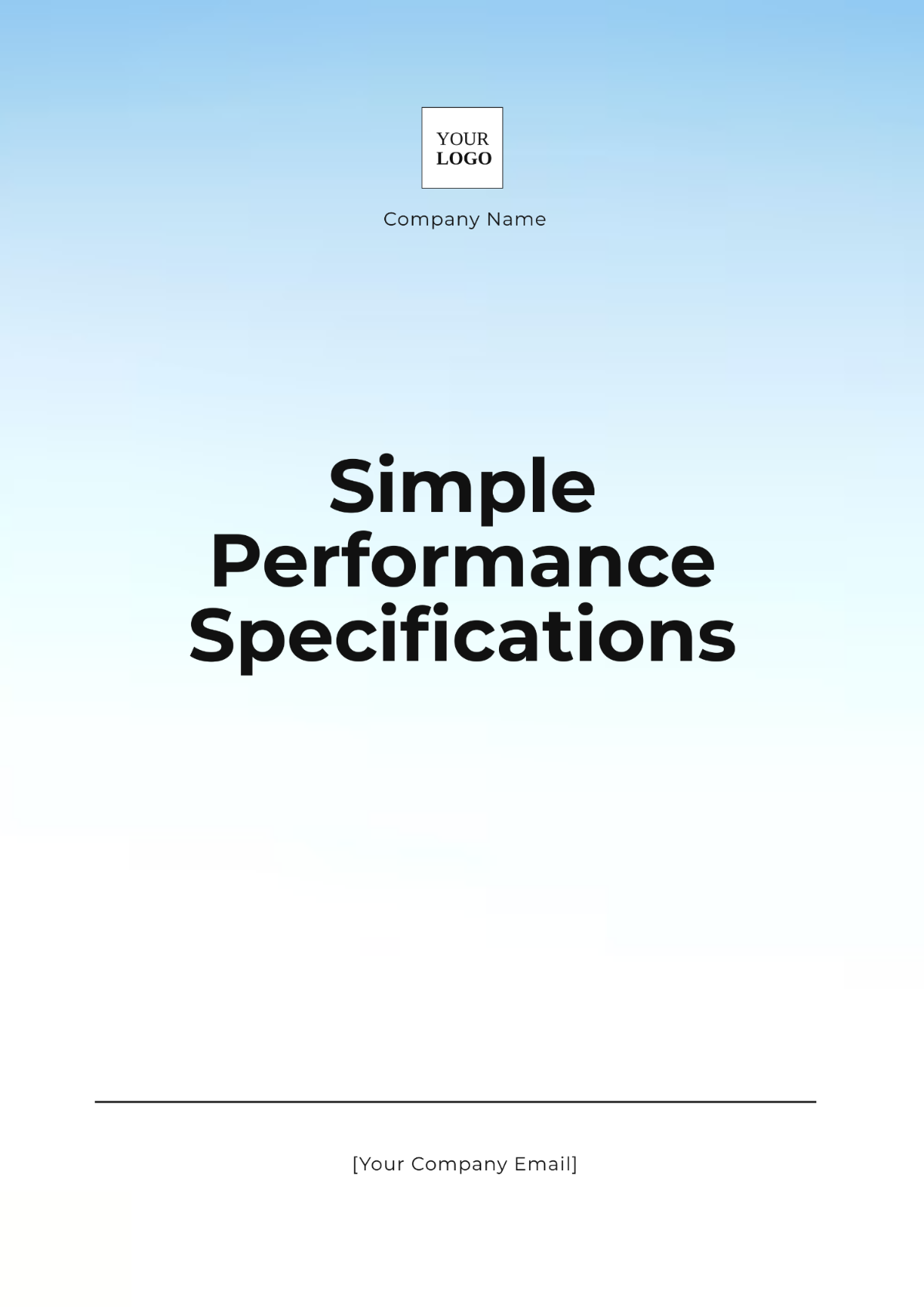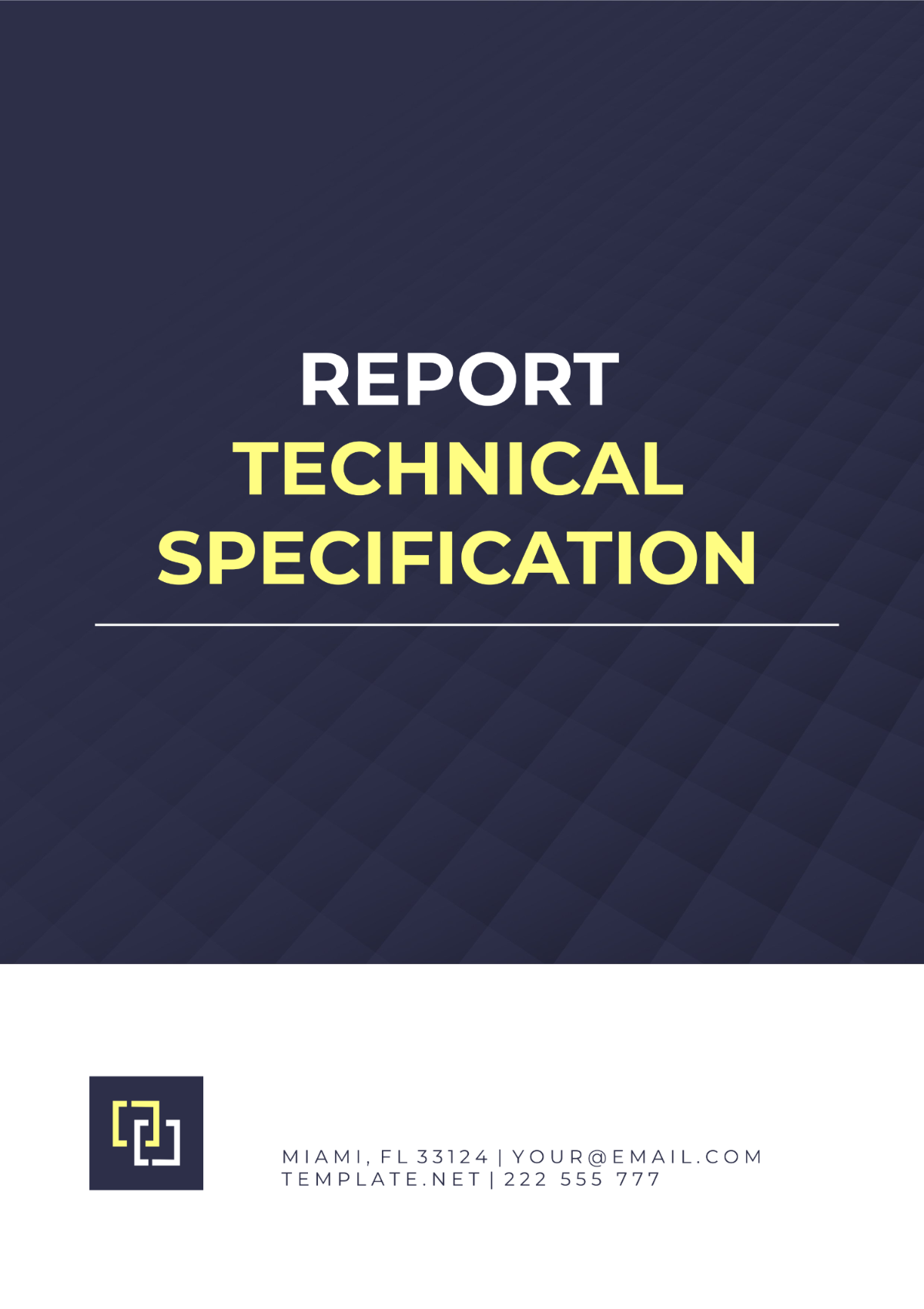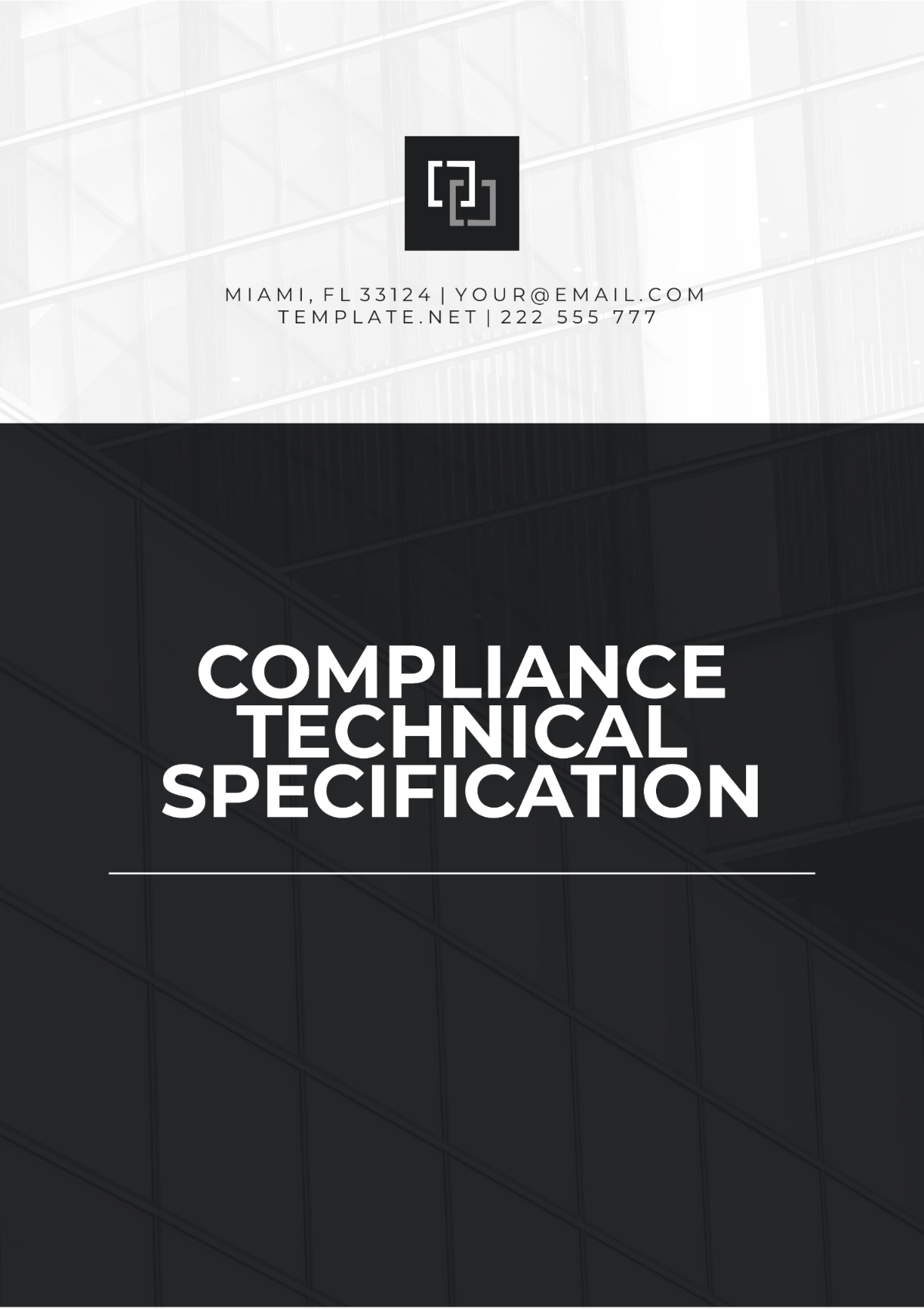Scalability Project Specification
Prepared by: [Your Name]
Date: [Date]
I. Introduction
This Scalability Project Specification document provides a comprehensive overview of the requirements, design, and implementation strategies necessary to scale the current system. The primary objective is to ensure that our system can efficiently handle increased loads, user demands, and data volumes while maintaining optimal performance and reliability. This document will serve as a roadmap and guide, detailing the steps required for planning and executing the scalability enhancements.
II. Current System Overview
The existing system architecture comprises several key components, including a web server, application server, and database server. These components work together to support a user base of 10,000 concurrent users and facilitate the processing of approximately 1 million transactions per day.
A. System Components
System Component | Details |
|---|---|
Web Server | Apache HTTP Server |
Application Server | Node.js |
Database Server | MySQL |
B. Current Challenges
Performance Degradation During Peak Hours: The system experiences significant slowdowns and delays during high traffic periods.
Limited Database Capacity: The current database setup struggles to accommodate growing data volumes, leading to potential bottlenecks.
High Latency in Data Retrieval: Users experience delays in accessing data, affecting the overall user experience.
III. Scalability Requirements
To ensure that the system can scale effectively, the following requirements have been identified:
A. Performance
Concurrent Users: Support for up to 100,000 concurrent users.
Response Time: Target response time of less than 1 second per request.
B. Capacity
Transaction Volume: Capability to handle up to 10 million transactions per day.
Data Storage: Database capacity to store up to 100 TB of data.
C. Reliability
Uptime Availability: Guarantee 99.99% uptime availability.
Failover Mechanisms: Implement automated failover mechanisms to ensure continuity in case of component failures.
IV. Proposed Solutions
To address the identified scalability requirements, the following solutions are proposed:
A. Horizontal Scaling
Additional Servers: Deploy additional web and application servers to distribute the load more evenly.
Load Balancing: Implement load balancing with Nginx to efficiently manage incoming traffic and prevent server overloads.
B. Database Sharding
Partitioning: Partition the database to spread the load across multiple servers, thereby enhancing data access speed and reducing latency.
Query Optimization: Optimize database queries to improve retrieval times and overall performance.
C. Caching Strategy
In-Memory Caching: Use Redis for in-memory caching of frequently accessed data, reducing the need for repeated database queries.
Content Delivery Networks (CDNs): Implement CDNs to serve static content, such as images and videos, closer to the end-users, thus reducing latency.
V. Implementation Plan
Phase 1: Planning and Design
Define Key Metrics: Identify key performance metrics and establish benchmarks.
Develop Design Documents: Create detailed design documents outlining the proposed architecture and solutions.
Phase 2: Infrastructure Upgrade
Server Procurement: Purchase and set up additional servers as needed.
Load Balancer Configuration: Configure load balancers and implement failover mechanisms.
Phase 3: Database Optimization
Sharding and Partitioning: Implement database sharding and partitioning strategies.
Query Optimization: Fine-tune existing database queries to enhance performance.
Phase 4: Testing and Validation
Load Testing: Conduct extensive load testing to evaluate system performance under peak conditions.
Failover Testing: Validate the effectiveness of failover mechanisms and ensure no data loss during transition events.
VI. Performance Metrics
The success of the scalability improvements will be evaluated based on the following performance metrics:
Transaction Processing Time: The average time taken to process a transaction.
System Uptime: The percentage of time the system is operational and available to users.
Response Time: The time taken to respond to user requests.
VII. Risk Assessment
Potential risks and mitigation strategies are as follows:
Risk | Description | Mitigation Strategy |
|---|---|---|
Hardware Failure | Risk of server hardware failure | Implement redundant hardware and automated failover systems |
Software Bugs | Risk of software bugs affecting system performance | Conduct thorough testing and code reviews to identify and resolve issues |
Data Loss | Risk of data loss during transitions | Implement regular backups and establish a robust disaster recovery plan |
VIII. Cost Analysis
Item | Cost |
|---|---|
Additional Servers | $50,000 |
Load Balancers | $10,000 |
Sharding Implementation | $20,000 |
Caching Systems | $15,000 |
Total | $95,000 |
IX. Testing and Validation
The following testing and validation processes will be conducted:
A. Load Testing
Simulate Peak Loads: Simulate peak user loads to assess system performance and identify bottlenecks.
Optimization: Optimize system components based on testing results.
B. Failover Testing
Automated Failover: Test the automated failover mechanisms to ensure smooth transitions during hardware or software failures.
Data Integrity: Verify that no data loss occurs during failover events.
C. Benchmarking
Performance Comparison: Compare actual performance metrics against established benchmarks to assess the effectiveness of the scalability solutions.
X. Documentation and Support
Comprehensive documentation and support resources will be provided to ensure smooth operation and maintenance of the scaled system.
A. Technical Documentation
System Architecture Diagrams: Detailed diagrams illustrating the system's architecture.
Configuration Manuals: Manuals detailing the configuration of various system components.
B. User Guides
Step-by-Step Guides: Guides for performing common tasks within the system.
FAQ Sections: Frequently asked questions to assist users with common issues.
C. Support
Dedicated Support Team: A dedicated support team available 24/7 to address any issues or concerns.
Training Sessions: Regular training sessions for staff to familiarize them with new system components and procedures.



